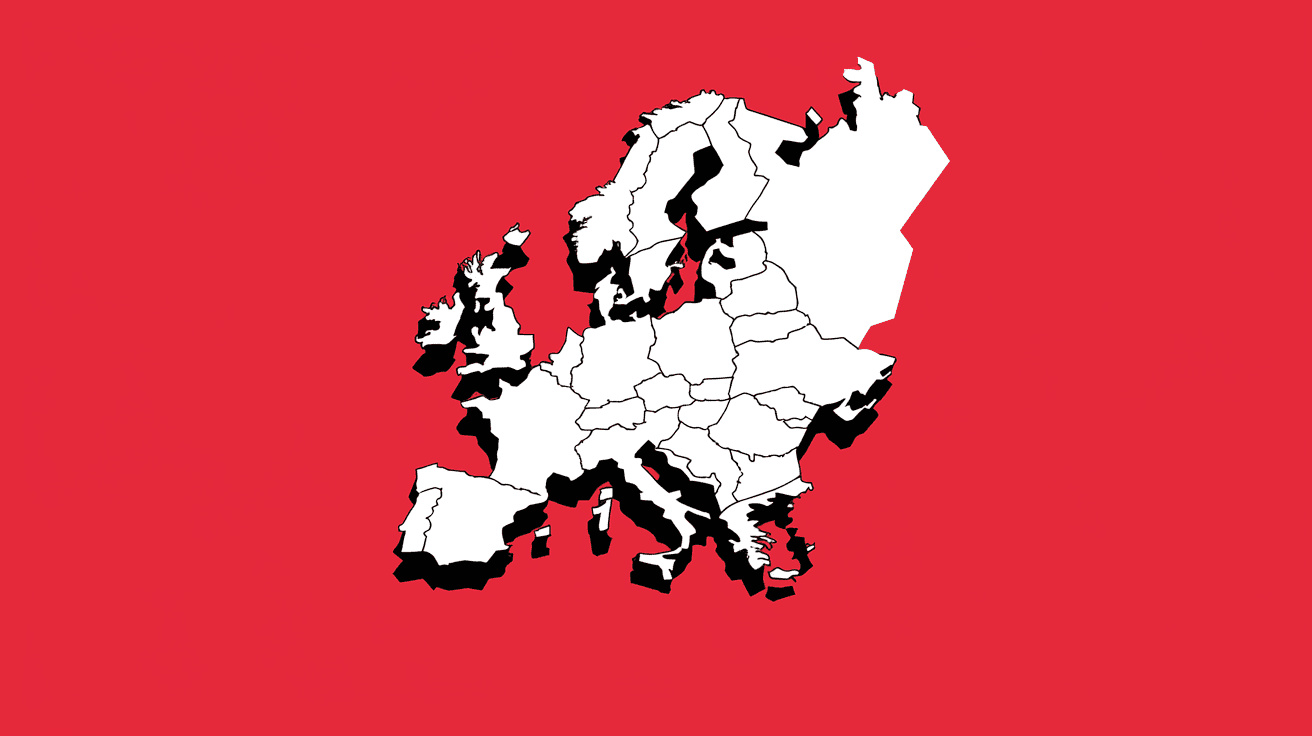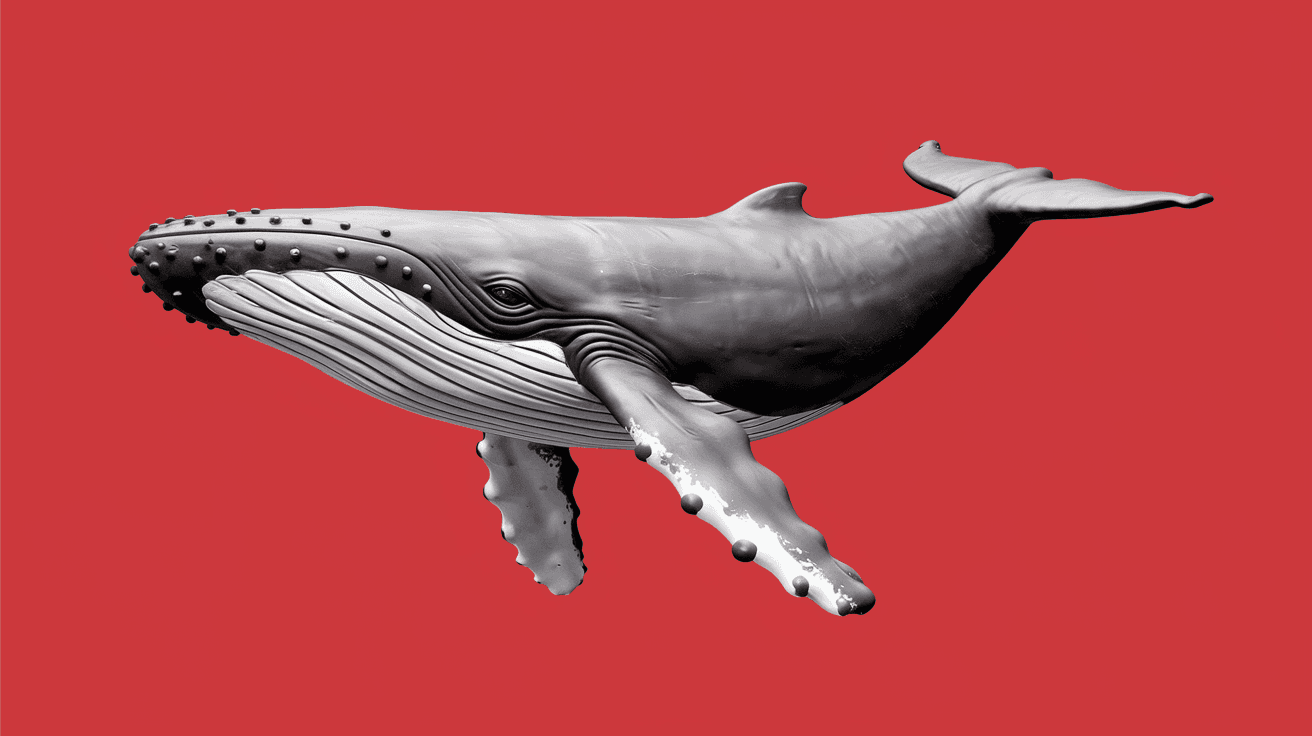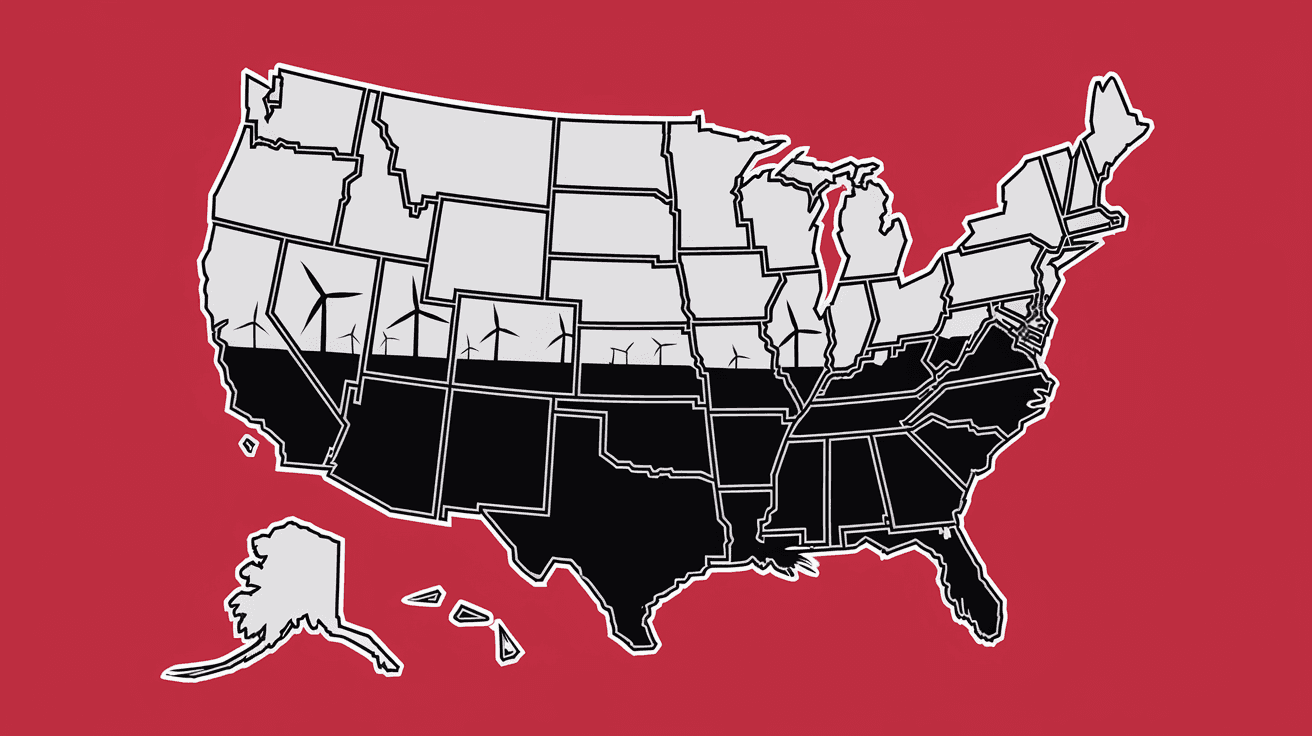Europe’s Fragile Energy Shift
Three years post-Ukraine invasion, Europe struggles with high energy costs despite progress.
Energy Innovation & Infrastructure
·
3 min
Three years after Russia’s invasion of Ukraine upended global energy markets, Europe has made significant strides in reshaping its energy landscape—but challenges remain. The continent has slashed its reliance on Russian natural gas, turning instead to imports from the United States and ramping up renewable energy production. However, high costs continue to strain economies, leaving households and industries grappling with uncertainty.
A New Energy Mix
Europe’s pivot away from Russian natural gas has been dramatic. Since 2021, wind and solar power generation has surged by 50% , while new nuclear plants are in the works across several countries. In Spain, sprawling wind farms now dot mountain ranges, feeding clean energy into the grid. Meanwhile, Germany has built new docks along the Elbe River to accommodate tankers delivering liquefied natural gas (LNG) from the U.S..
France has taken a different approach, lowering thermostats in government buildings during winter to conserve electricity—a small but symbolic step toward energy efficiency. These efforts reflect Europe’s determination to adapt, but they also highlight the scale of the challenge.
Persistent Challenges
Despite these advancements, Europe’s energy security remains precarious. The region produces far less natural gas than it consumes, leaving it heavily reliant on imports—primarily from the U.S.. This dependency comes at a steep price: natural gas in Europe is roughly four times more expensive than in the U.S., driving up electricity costs for consumers and businesses alike.
High energy prices have forced some factories to shut down, further weakening an already fragile economy. Households, too, are feeling the pinch as heating and electricity bills eat into budgets. While renewables like wind and solar offer hope, their intermittent nature means storage solutions and grid upgrades are critical—and costly—to ensure consistent supply.
Looking Ahead
Europe’s energy transition is a work in progress. While the continent has successfully diversified its energy sources, reducing reliance on any single supplier will take time. Investments in infrastructure, such as LNG terminals and renewable energy projects, are underway, but they require patience and substantial funding.
For now, Europe finds itself caught between ambition and reality. The shift toward cleaner, more sustainable energy is undeniable but so are the economic pressures that come with it. As policymakers navigate this delicate balance, one thing is clear: Europe’s journey to energy independence is far from over.
Sources & Fact-Check
Europe’s energy transformation since the Ukraine invasion, including increased reliance on U.S. LNG, growth in wind and solar power, and ongoing economic challenges



